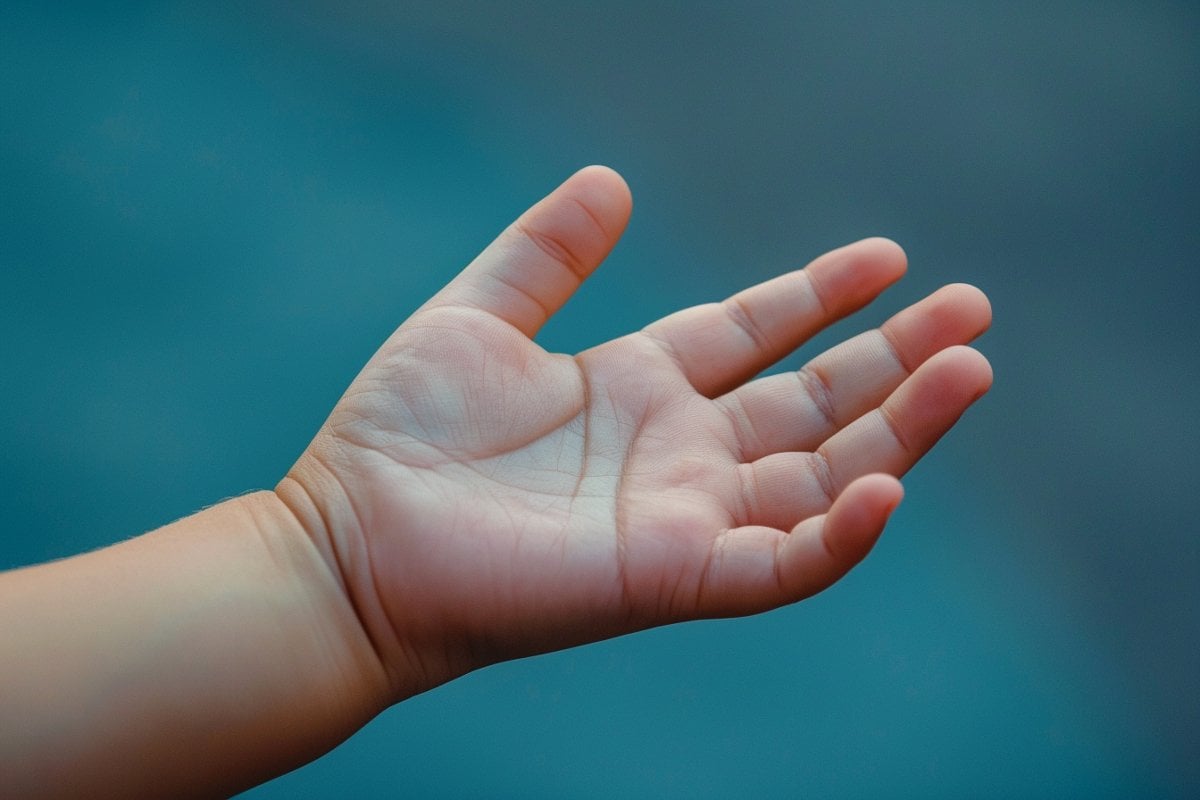Summary: A new study utilizing UK Biobank data has unveiled the genetic roots of left-handedness, pinpointing rare variants in the beta-tubulin gene TUBB4B significantly associated with this trait. These findings not only shed light on the complex interplay between genetics and brain asymmetry but also link left-handedness with neurodevelopmental disorders through shared genetic pathways.
The research highlights the importance of microtubules in brain development, suggesting a pivotal role in determining handedness. Despite the significant insights provided, the heritability attributed to these rare variants is estimated at just under 1%, indicating a multifaceted basis for handedness involving a blend of genetic, environmental, and developmental factors.
Key Facts:
- Rare coding variants in the TUBB4B gene are significantly more prevalent in left-handed individuals, underscoring a genetic basis for handedness.
- The study establishes a connection between left-handedness and neurodevelopmental disorders, such as autism and schizophrenia, through shared genetic variants.
- Despite the influence of these rare genetic variants, they account for less than 1% of the heritability of left-handedness, suggesting a complex interplay of factors in determining this trait.
Source: Neuroscience News
The enigma of why some people are left-handed has puzzled scientists for decades. Handedness not only offers a peek into an individual’s cognitive and neural makeup but also its underpinning genetic blueprint.
Leveraging the vast dataset of the UK Biobank, a recent groundbreaking study has revealed compelling evidence about the genetic intricacies of left-handedness, marking a significant step forward in our understanding of human brain asymmetry.

Handedness is a direct reflection of the brain’s hemispheric specialization. While right-handedness is prevalent across about 90% of the population, left-handedness, though less common, presents an intriguing puzzle linked to the brain’s structure and function.
Notably, left-handedness is more prevalent among individuals with neurodevelopmental disorders, suggesting a complex interplay between genetics and brain development.
This study stands out by focusing on the potential influence of rare coding variants on left-handedness, a relatively unexplored area compared to the well-documented effects of common genetic variants.
By analyzing exome data from over 350,000 individuals, researchers pinpointed specific rare variants in the beta-tubulin gene TUBB4B, significantly associated with left-handedness.
These variants, primarily heterozygous missense changes, including two unique frameshift mutations, were found more frequently in left-handed individuals, providing a genetic link to this trait.
Microtubules, the cellular structures that these genes influence, are crucial for various cellular processes, including cell division and intracellular transport.
Their role in early brain development and the establishment of the brain’s left-right axis is particularly fascinating, offering insights into how variations in these structures might influence handedness.
Further analysis revealed associations between left-handedness and rare coding variants in genes previously implicated in autism and schizophrenia, such as DSCAM and FOXP1. This connection highlights the genetic overlap between handedness and certain neurodevelopmental disorders, underscoring the broader implications of these findings for understanding brain disorders.
Despite the significant contributions of these rare variants, the study estimates that they account for just under 1% of the heritability of left-handedness. This suggests that while rare variants play a role, much of the variation in handedness likely results from a combination of genetic, environmental, and possibly stochastic factors during brain development.
The findings of this study are a leap forward in unraveling the genetic basis of handedness and its connection to brain asymmetry and neurodevelopmental disorders.
By identifying specific genes and variants associated with left-handedness, researchers can further explore the mechanisms behind this trait and its implications for brain function and health.
This research not only enriches our understanding of the genetic factors contributing to left-handedness but also opens new avenues for investigating the developmental pathways leading to brain asymmetry.
As we delve deeper into the genetics of handedness, we edge closer to unlocking the mysteries of the human brain, offering promising directions for future research in neuroscience and genetics.
About this genetics and neurodevelopment research news
Author: Neuroscience News Communications
Source: Neuroscience News
Contact: Neuroscience News Communications – Neuroscience News
Image: The image is credited to Neuroscience News
Original Research: Open access.
“Exome-wide analysis implicates rare protein-altering variants in human handedness” by Dick Schijven et al. Nature Communications
Abstract
Exome-wide analysis implicates rare protein-altering variants in human handedness
andedness is a manifestation of brain hemispheric specialization. Left-handedness occurs at increased rates in neurodevelopmental disorders.
Genome-wide association studies have identified common genetic effects on handedness or brain asymmetry, which mostly involve variants outside protein-coding regions and may affect gene expression. Implicated genes include several that encode tubulins (microtubule components) or microtubule-associated proteins.
Here we examine whether left-handedness is also influenced by rare coding variants (frequencies ≤ 1%), using exome data from 38,043 left-handed and 313,271 right-handed individuals from the UK Biobank. The beta-tubulin gene TUBB4B shows exome-wide significant association, with a rate of rare coding variants 2.7 times higher in left-handers than right-handers.
The TUBB4B variants are mostly heterozygous missense changes, but include two frameshifts found only in left-handers. Other TUBB4B variants have been linked to sensorineural and/or ciliopathic disorders, but not the variants found here.
Among genes previously implicated in autism or schizophrenia by exome screening, DSCAM and FOXP1 show evidence for rare coding variant association with left-handedness. The exome-wide heritability of left-handedness due to rare coding variants was 0.91%.
This study reveals a role for rare, protein-altering variants in left-handedness, providing further evidence for the involvement of microtubules and disorder-relevant genes.







